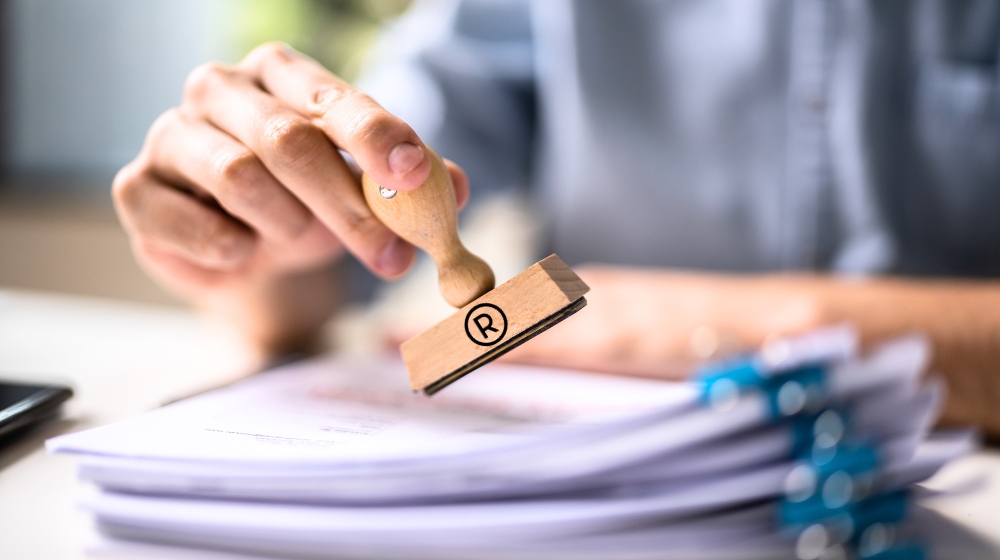In one of our previous articles, we discussed the importance of registering a company’s distinctive sign and the so-called distinctive capability of a trademark. Today, we will examine the issue of trademark infringement and the possibilities for its effective protection.
Building a strong brand is crucial in any business. It ensures recognition and allows consumers to distinguish our goods and services from those offered by other entities on the market. When products that look too similar appear on the market, consumers may mistakenly choose competitors’ products instead of ours. This is one of the main reasons why having a registered trademark and protecting it effectively is so important.
Once a trademark is registered, its owner obtains an exclusive right of protection. This means they acquire the exclusive right to use the mark for professional or commercial purposes. For example, the owner may place the trademark on their products or use it for advertising. At the same time, this serves as protection against unauthorized use of the mark by other market participants. Other entities may not use the trademark without proper authorization, such as a license.
However, cases of trademark infringement do occur. This happens when other entities unlawfully use a registered trademark (or a highly similar one) in commercial transactions, creating a risk of misleading consumers about the origin of the products.
How Can We Protect Our Trademark in Case of Infringement?
First and foremost, the trademark owner has the right to demand that the infringement cease. This means they can request that the infringer stop using the trademark. Filing such a claim is crucial because a favorable court ruling confirming the infringement makes it easier to pursue financial claims.
The trademark owner may also seek compensation for damages suffered due to the infringement. In this case, they can demand payment for unauthorized use of the trademark. However, proving in court that the requested compensation amount is justified can be challenging. A practical solution is to demand payment equivalent to a reasonable licensing fee for using the trademark.
Another financial claim that a trademark owner may pursue is the return of unjustly obtained benefits. It is undeniable that an entity using someone else’s trademark (impersonating another brand) gains financial benefits from this practice. In this situation, the trademark owner must prove the benefits the infringer has gained from the unauthorized use of the mark and demonstrate the extent of their unjust enrichment.
Before engaging in a legal dispute, it is also worth applying to the court for an interim injunction to protect the claim. Trademark infringement claims can be secured by, for example, prohibiting the infringer from using the mark or banning the production of specific goods. This allows for a quicker enforcement of rights, as it prevents the infringer from profiting at the trademark owner’s expense.
Conclusion
As demonstrated above, the law provides various options for protecting trademark rights. In practice, defending a trademark against infringements is not always easy, as it involves an intangible asset. However, it is important to remember that the trademark owner may pursue all the aforementioned claims simultaneously. They do not have to choose one over the other, as they are all independently available. This means the trademark owner can demand both the cessation of the infringement, compensation for damages, and the return of unjustly obtained benefits—all at the same time. Therefore, protecting a trademark is undoubtedly worth the effort.
Information regarding trademark registration refusals can be found here.




